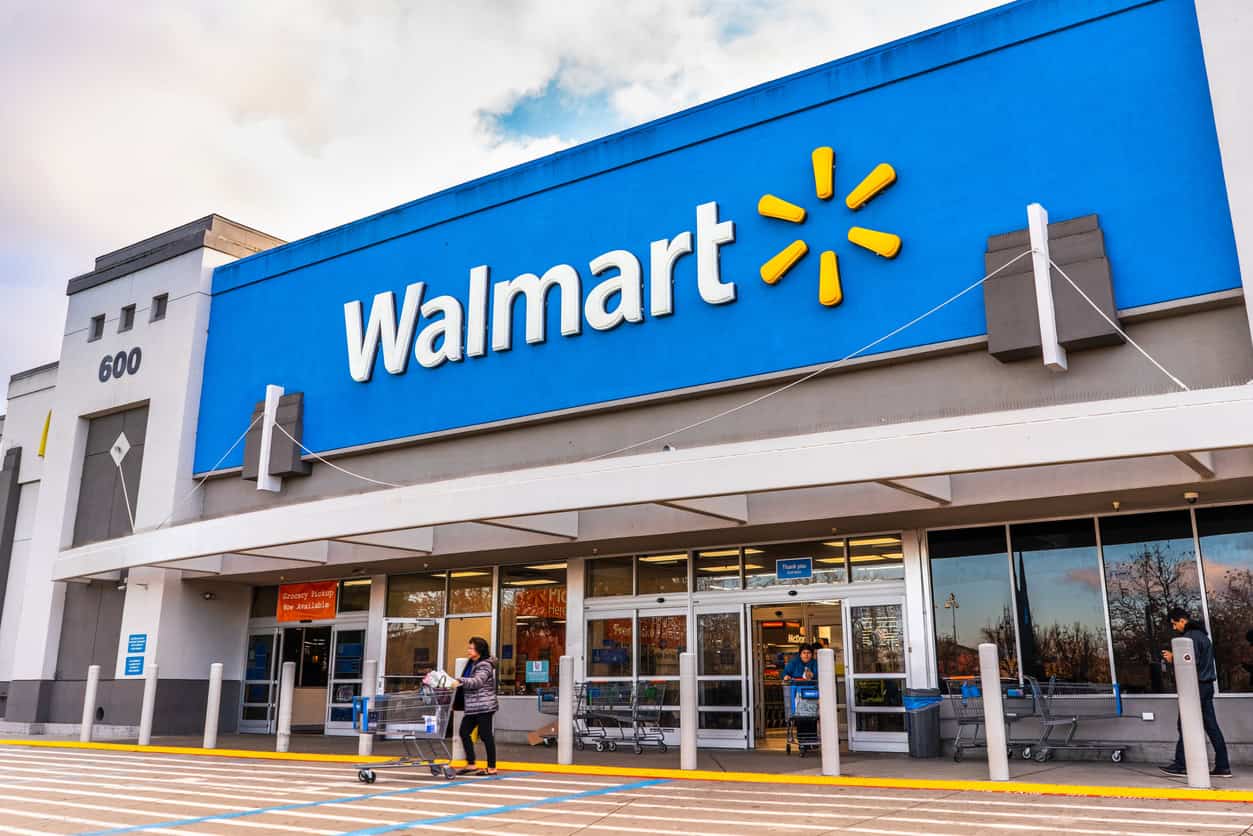
iStock.com/Sundry Photography
What Impact Will Walmart’s New Technology Have on the Grocery Industry?
Walmart is ramping up its grocery network by constructing five new high-tech perishable distribution centers in California, Illinois, New Jersey, South Carolina, and Texas.
These developments alone will be responsible for creating approximately 2,000 new jobs and bolstering supply chain capabilities. The retailer is also expanding automation at four existing facilities in Minnesota, North Carolina, Indiana, and Tennessee, adding at least 500,000 square feet of automation per site. This improved automation is designed to handle perishable items for the company.
Additionally, Walmart is retrofitting facilities with advanced technology to match its more modernized distribution centers. Specifically, the company announced in its press release that it intends to upgrade its outdated facility in Winter Haven, Florida, with plans to approach it similar to its upgraded facility in Brooksville, Florida. This technological investment aims to significantly boost storage capacity and processing speed, ensuring better fulfillment of increasing customer demand.
Moreover, Walmart emphasized the transformative impact of technology on job roles, shifting physically demanding tasks to roles where associates operate and maintain high-tech systems. Former manual laborers might now work as automation equipment operators, control center operators, technicians, or managers, reporting greater job satisfaction and often higher pay.
In its announcement, Walmart claimed to be “the largest grocery retailer in the U.S., with our grocery network supporting over 4,600 stores with a massive pickup and delivery business that continues to grow as customers seek the convenience and value we offer.”
In order for it to maintain that self-proclaimed title and to have an edge over the competition, Walmart recognized that meeting the demands of its customers is a top priority. Getting fresh perishable items to consumers is one of the key ways to do that. With its upgraded technology, the company outlined its newly refined process:
- Cases arrive from farmers and suppliers and are removed from their pallets and inspected.
- Everything is then moved into a temperature-controlled environment and kept in an 80-foot-tall automated storage system.
- As soon as it’s time to put together a store order, the system begins retrieving necessary cases and assembling pallets for stores, separated based on department to make them easier to unload.
- The most fragile items (such as fruit and eggs) are prioritized to be placed on the very top of pallets.
- Finally, the pallets are completely packaged and then put inside delivery trucks to be sent out.
As Walmart upgrades its grocery supply chain, other grocery supermarkets must adapt and find their edge in order to compete and stay afloat. Almost always the lowest-price leader, Walmart has the ability and resources to offer low prices on almost anything at any time. But prices can only fall so low before most items and retailers level out the playing field.
Therefore, Walmart has decided to focus on its delivery business, especially with Amazon announcing its new grocery subscription and delivery service that’s being rolled out for Prime members. This service allows Amazon to compete in the grocery sector by offering low prices and fast delivery. Another major retailer, Kroger, has been busy attempting to finalize a merger with Albertsons.
Walmart’s success has always impacted local communities in many ways. As Walmart continues to up its grocery game, regional supermarket retailers may also be strained and will need to find ways to remain relevant.
Discussion Questions
How will Walmart’s advancements in automation and supply chain technology reshape the competitive landscape of retail grocery, and what strategies might smaller regional supermarkets adopt to stay relevant?
With Walmart’s shift to high-tech systems transforming job roles, what are the broader implications for the retail workforce in terms of job satisfaction, skill requirements, and employment opportunities?
As Walmart and Amazon enhance delivery services and integrate advanced technologies, how might traditional brick-and-mortar grocery shopping be affected?
